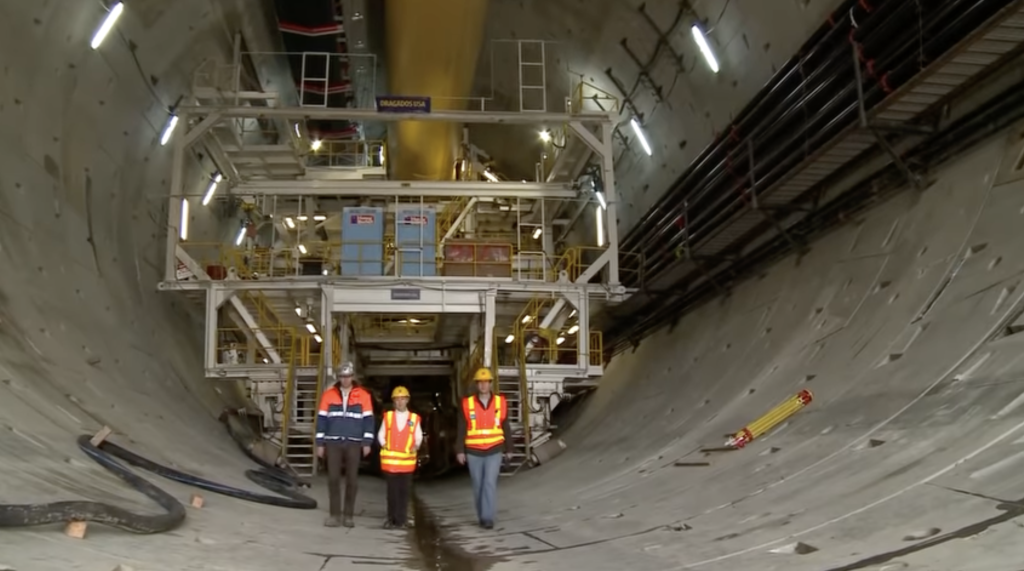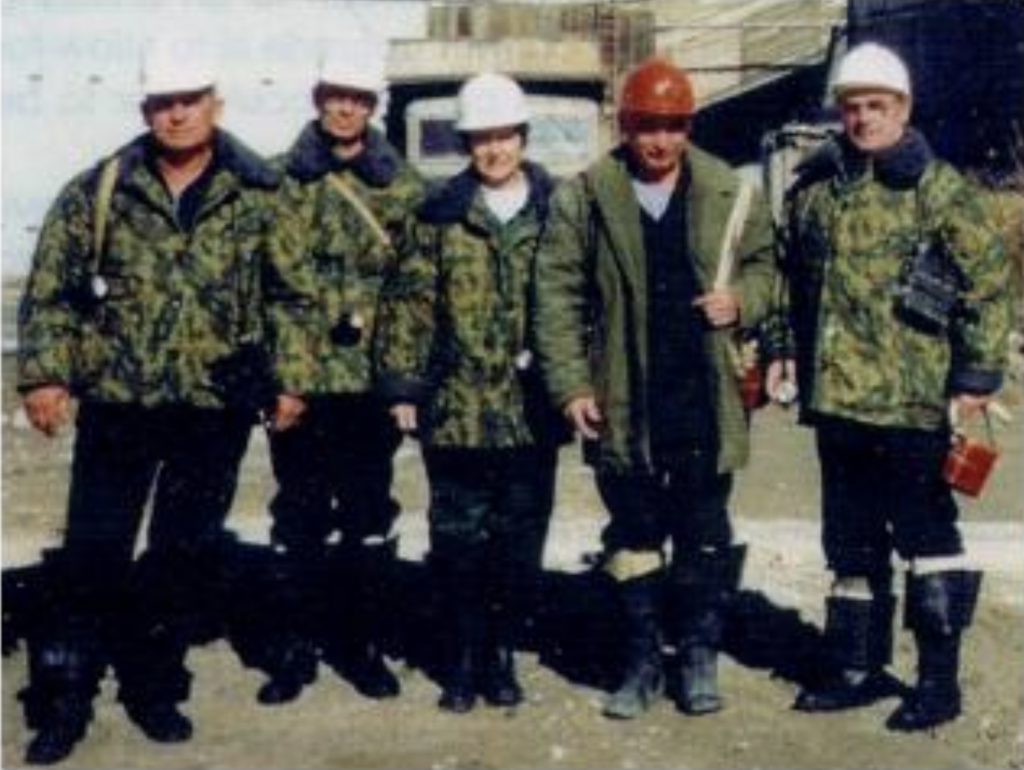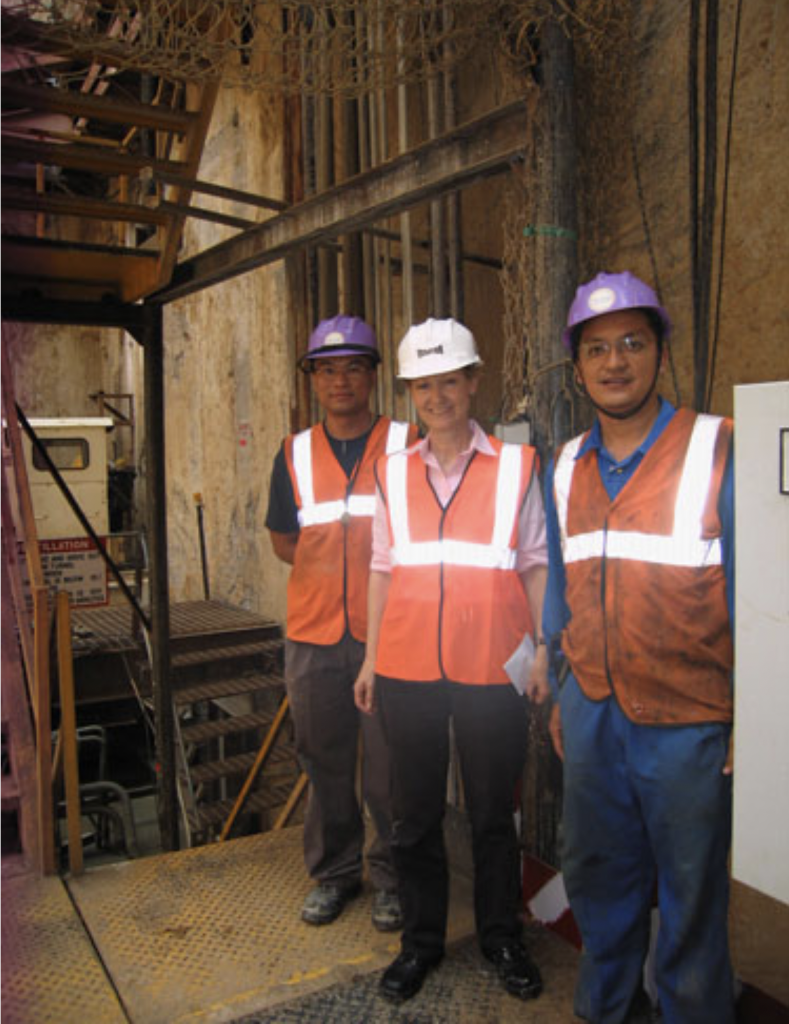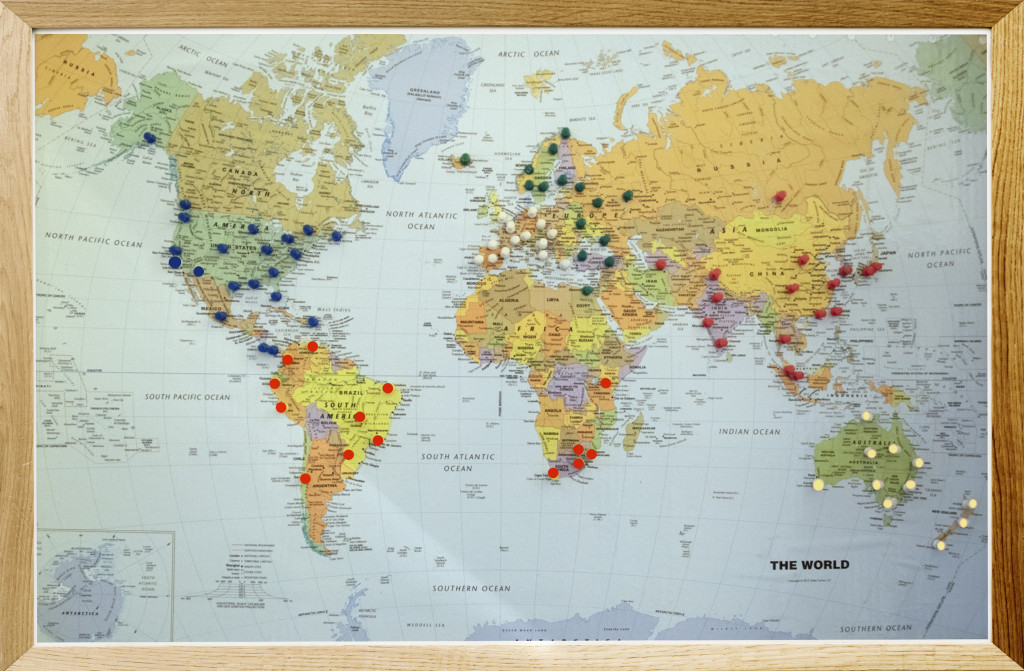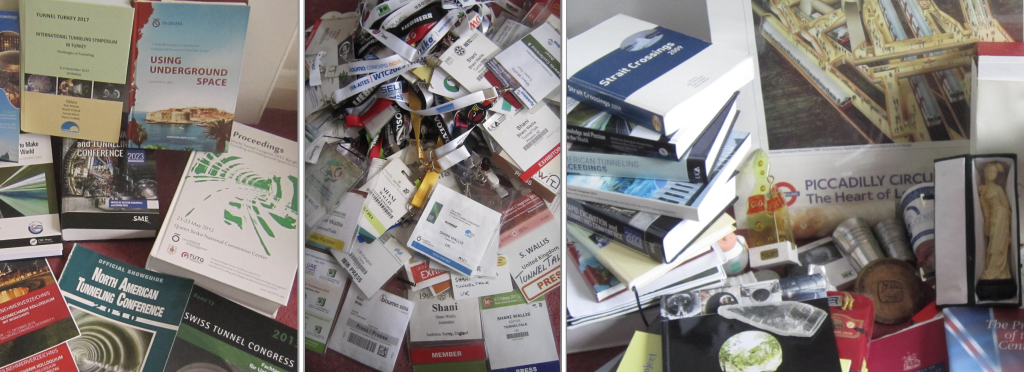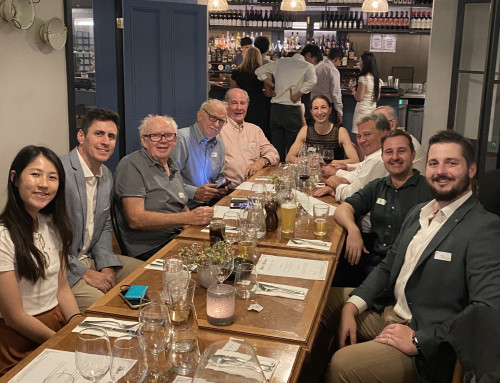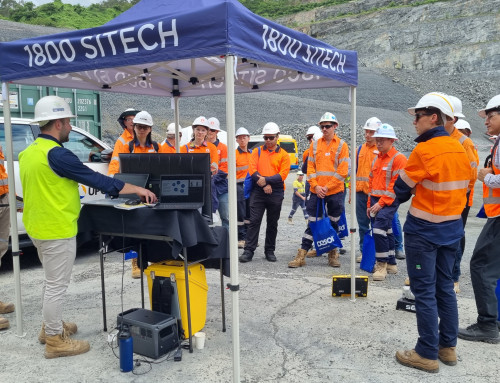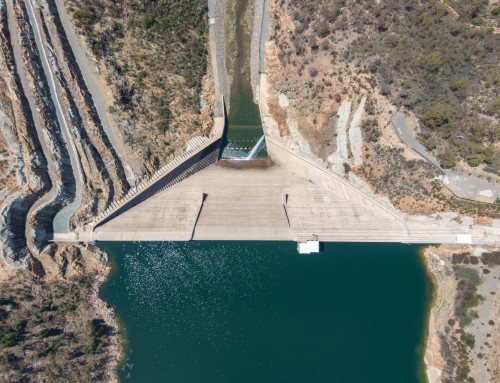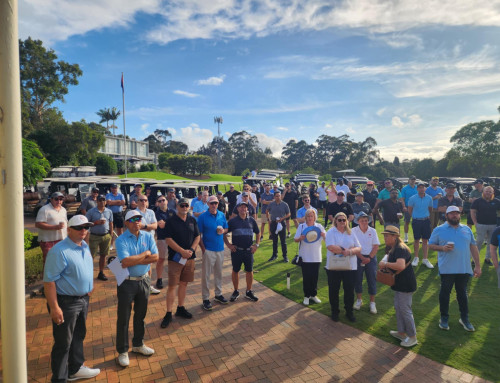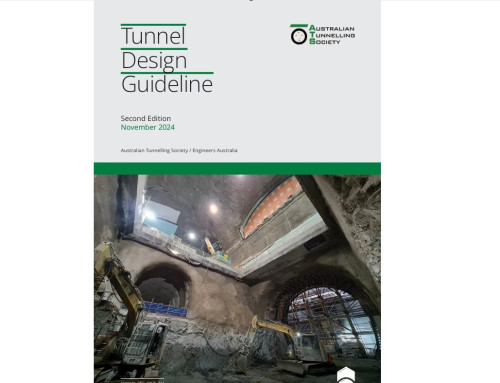Referred to by the Immediate Past President of the ATS, Dr Harry Asche, as “The world’s most famous tunnelling journalist,” Shani Wallis has been covering the biggest stories in tunnelling since 1982.
“My 40-year career has grown alongside many tunnellers who now hold senior positions, so that’s why they know me so well,” she says of the job she “fell into” but came to “love almost immediately.”
Although originally from Western Australia, Shani studied journalism in California, before moving to London in 1978. “My big dream was to work on Fleet Street, but at that time the industry was union controlled so you had to be part of the union to even get your foot in the front door. So, the first work I got was writing for technical trade and consumer magazines,” she says.
On a job site visit to double deck 17.5m o.d. Big Bertha highway tunnel in Seattle, USA.
One day, at an event for a small engineering title, Shani met the editor of the tunnelling magazine Tunnels & Tunnelling and they hit it off straight away.
“Soon after we met, he called to ask if I would like to be his assistant editor. I said, ‘No, I don’t know anything about tunnelling or engineering.’ But he said as long as I could interview and write well, he’d help out with the technical side of things,” she continues.
“I still wasn’t 100% convinced, but when he mentioned there would be a good deal of international travel, I decided to go for it.”
Shani was soon jet-setting all over the world. During the 90’s, she was going on two or three trips a month, chasing the next tunnelling story. “My career has taken me to some of the most fascinating underground sites in more than 50 or so countries including China, Russia, Ukraine, Turkmenistan, Egypt, Kenya, South Africa, India, Nepal, Ecuador, Peru, Venezuela, Chile, Brazil, Norway, Iceland, Finland, Japan, Korea, Hong Kong, Singapore and so may more. The projects in Australia have been among the most memorable,” she says.
Preparing for a trip underground into the Severomuiski railway tunnel near Lake Baikal in Siberia.
“I remember visiting Mount Isa to see the Robbins Mobile Miner machine innovation in 1987 which was a fantastic trip. I’ve covered projects in Perth – most recently, the new Rail Airport Link – and the biggest projects in the Eastern States. I covered the Sydney outfalls projects in the 1980s and visited several projects in Melbourne. I haven’t been to visit Snowy 2.0 yet, but it is a plan. I’d also love to visit Tasmania, the only state I haven’t visited as yet.”
The travel was a huge bonus for Shani, but the other thing that hooked her into the industry, and kept her there, was the fact that it is such a friendly and supportive industry.
“I won’t say it was always easy, particularly in the beginning. At first, I was one of the few women working in the industry and sometimes I’d arrive on a job site and wouldn’t be allowed underground. Or my boss would call a project manager to say he was going to send me to write a story and they would say, ‘Oh no, we’re not having a woman on the job site.’ That was the prejudice of the time.”
But tunnelling is a relatively small industry and gradually, as she got to know people and they got to know her, things got easier. “Once they saw my genuine interest in their work, people became supportive and tolerant of my initial goofy questions. It wasn’t long before I was quite well known, and my name could open doors to most tunnels being built all over the world.”
On early career visit to a water tunnel heading.
The love of writing as her craft is obvious, but there is no doubt that Shani has also embraced the subject matter. “I’m quite knowledgeable now and these days I know enough to ask the right questions and write detail-oriented stories,” she says.
“My approach tends to come from the industry-support point of view, too. I’m never out for a ‘gotcha’ story, although obviously there must be honest reporting if things go wrong.”
With the site managers visiting a metro project.
Speaking with Martin Herrenknecht before start of a conference session.
Shani decided to go freelance towards the end of the 1980s and, in 2008, she started her own global tunnelling magazine TunnelTalk which was one of the first fully online magazines of its kind.
It thrived for over a decade, but recent events have forced Shani to have a rethink. On top of all the issues associated with Covid-19, TunnelTalk ran into serious difficulties in 2021.
“Unfortunately, I trusted an external company to take care of all the website’s software and updates and, unbeknownst to us, they didn’t do any necessary upgrades, for years. Because of this, and completely out of the blue, one day the whole site operations fell over and I haven’t been able to get it up and running again. I’ve lost control of the website and access to the whole archive of 14 years of work.”
The impact has been much the same as being hacked and while a recent Court Order in a legal battle is in Shani’s favour to regain control of the magazine, the processes of fulfilling the Order accurately and verifiably are proving equally problematic. “It’s made me realise how vulnerable our digital systems are, and how the digital industry is still in its infancy. What happened to TunnelTalk is a cautionary tale for anyone who thinks they own a website because, in fact, whoever is running it can shut it down and do whatever they want, either accidentally or intentionally, at the hit of a few buttons.”
While her battle with the technology side of things continues, so does her interest in covering tunnelling stories and she is determined to re-establish the magazine.
“The international tunnelling community relied on TunnelTalk reporting and on its research archive of more than 4,000 articles and videos, so my objective is to have that available again. In the meantime, we are still publishing TunnelTalk as a simulated digital magazine on the ISSUU platform, so do check that out for all our latest tunnelling news and reports.”
Looking back over 40 years of a career in tunnelling, Shani continues to marvel at the achievements, the experiences, and the people she has met. “I have a library full of printed conference proceedings and magazines. I’ve kept all my conference badges from almost the first, I have a treasure trove of memorabilia from the outstanding projects that I’ve visited, and from everywhere I’ve travelled and continue to travel,” she says.
“I’m often envied for the many hundreds of projects that I have visited around the world (perhaps even a thousand), where I’ve met the same resilient, committed, energetic, determined managers, engineers and workers who, like me, have been drawn to this gripping industry.”
Map of Shani’s career travels and job site visits. From Southern Africa to Siberia, from Iceland to Santiago, Chile, Shani’s travels have included some of the most interesting and most important underground engineering projects of the world of the last four decades.
With her career well spent and thoroughly enjoyed, Shani says there is still so much for her to give and do. “I’m currently a Judge in the Media Seat on the panel of 17 Judges of the Annual ITA Brunel Tunnelling Awards, the winners of which are to be announced at the Tunnelling Asia conference in Mumbai in November. I am also working on a TunnelTalk series of Nation Case Study Editions based on the projects and articles I’ve written since 1982, with India next and Australia and New Zealand on the near future agenda. These are published on our ISSUU digital magazine platform at https://issuu.com/tunneltalk-tunneltalk. The work goes on.”
Visiting Sreedharan, Director of Delhi Metro Rail Corporation.
Connecting with ITA President Martin Knights (left) and Minister of Energy India at ITA WTC 2008 in Agra India.
Shani’s library of conference proceedings, collectables and memorabilia.



